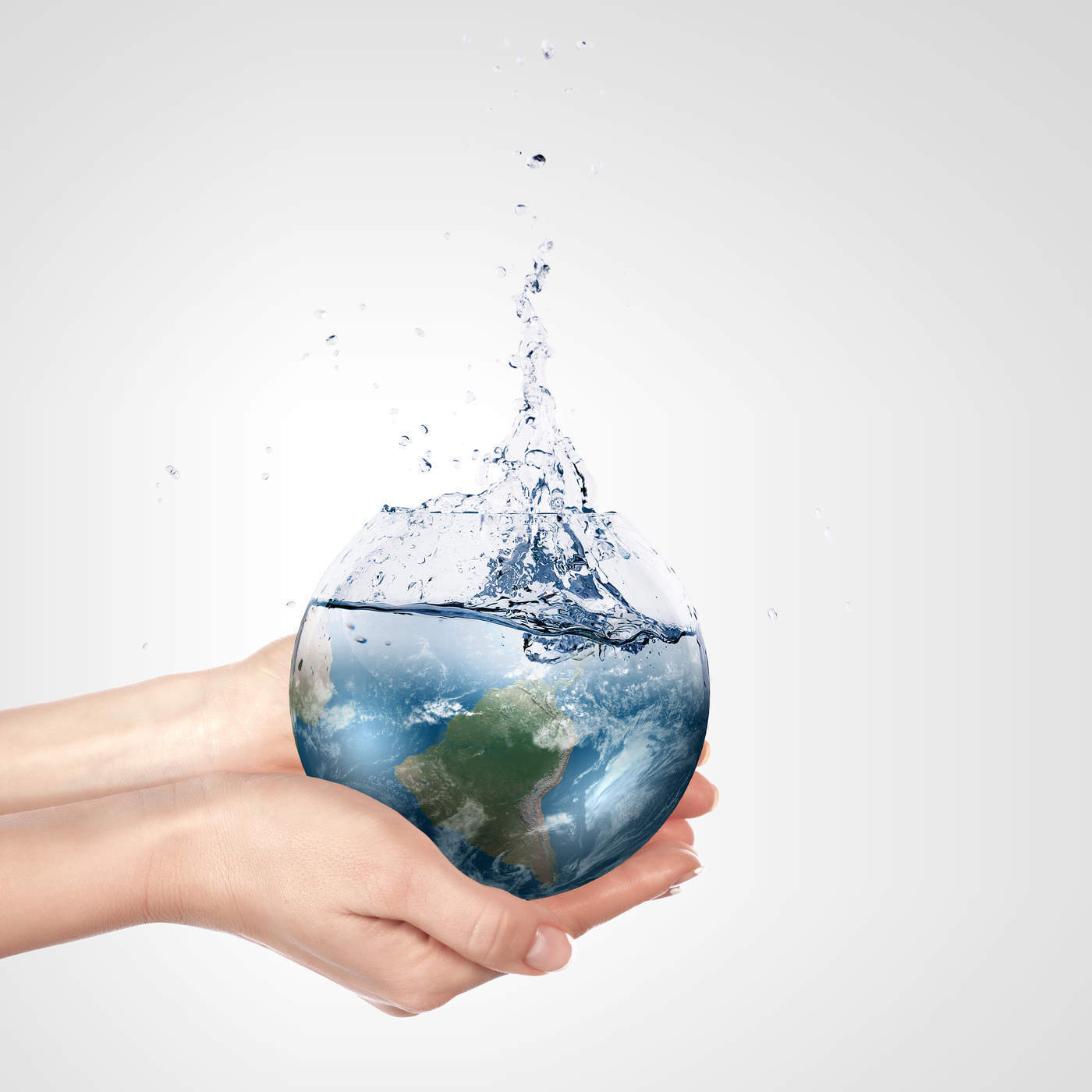Contents:
Medical Video: The World's Dirtiest River | Unreported World
Water is the source of life. You must be familiar with this slogan - in school books, on TV, until it is displayed in various print media - and, they are right. There is no denying that water is one of the biggest resources we have. Water is used in almost every basic need and human work. Water is an important element, both in the perspective of everyday households and heavy industrial needs.
However, the fact is very surprising.
River in Indonesia an emergency pollution
With the development of modern technology, scientists can now detect more pollutants, and at a smaller concentration level, in water sources. Containing traces of contamination ranging from birth control pills to pesticides and oil, now the earth's water source - rivers, lakes, beaches, to ground water - is just a huge puddle of poisons.
QuoteCompass, based on the report of the Directorate General of Pollution Control and Environmental Damage of the Ministry of Environment and Forestry (KLHK), in 2015 almost 68 percent of river water quality in 33 provinces in Indonesia was heavily polluted, including the Brantas, Citarum and Wonorejo rivers. recently it appears to produce white foam.
The main sources of river water pollution in Indonesia mostly come from domestic or household waste, generally in the form of human waste, dish and clothes laundry waste, animal waste, and fertilizers from plantations and farms.
Stool and urine waste play a role in increasing the levels of E. coli bacteria in water. In big cities such as Jakarta and Yogyakarta, the content of E. coli is outside the normal range not only in the river but also to the well water in the area where the residents live.
Baby diapers and sanitary napkins make sterile and double-sex fish
Reporting from Tempo, the remaining hormones from baby diaper waste and sanitary napkins which were dumped in the lower reaches of Karangpilang and Gunungsari, Surabaya, made a number of sterile fish populations and developed multiple sexes (intersex). In addition, due to pollution of other domestic waste, fish in the river and in Surabaya times suffer from physical and malnutrition.
This phenomenon does not only occur in Indonesia. Quoting from National Geographic, about 85 percent of the fish population smallmouth bass males in national wildlife sanctuaries in the northeastern region of the United States produce eggs that nest in their testicles.
Over the past decade, feminine male fish have been found in 37 species on lakes and rivers throughout North America, Europe, and various other parts of the world. Suspected, pollutant agents that have particles mimicking sex hormones are the cause.
Some fish species are hermaphrodite, aka these fish can naturally change sex because they have two female and male sex organs, as adaptive abilities to increase breeding opportunities. However, intersex cases in fish are very different. This phenomenon only occurs in fish species that do not have hermaphrodite properties, and certainly do not help the reproductive process. In severe cases, this intersex phenomenon can make sterile fish, perhaps even leading to extinction. The fish population of Minnow on the Potomac River, America, has been reported to decline sharply due to immune system problems associated with the condition of water contaminated with the hormone estrogen from the residual waste of the birth control pill.
The lead content in water is at risk for children suffering from mental retardation
There are many diseases caused by water pollution, and everyone can be affected. But babies, children, the elderly, and pregnant women, especially those who have a weak immune system, are very susceptible to diseases caused by water pollution. Water-borne diseases, including:
- Cholera, caused by the bacteria Vibrio chlorae when you consume water or food contaminated by the faeces of people with this disease. You can also get cholera if you wash food with contaminated water. Symptoms include: diarrhea, vomiting, abdominal cramps, and headaches.
- Amoebiasis, or Traveler Diarrhea, caused by amoeba that live in polluted water. This amoeba results in infection of the large intestine and liver. Symptoms including bloody and slimy diarrhea, can be mild or very severe.
- Dysentery, caused by bacteria that enter the mouth through contaminated water or food. Signs and symptoms of dysentery include fever, vomiting, abdominal pain, bloody diarrhea and severe mucus.
- Diarrheadiarrhea infection is one of the most common diseases caused by bacteria and parasites that grow in polluted water. Diarrhea results in runny / liquid stools that cause sufferers to become dehydrated, even death in children and toddlers.
- Hepatitis A, caused by the hepatitis A virus that attacks the liver. It usually spreads through the consumption of water or food contaminated with feces, or through direct contact with feces from sufferers.
- Lead poisoningchronic exposure to lead poisoning can result in serious medical conditions, including organ damage, nervous system disorders, anemia, and kidney disease.
- Malaria, is a virus that is spread by parasites from female Anopheles mosquitoes. Mosquitoes breed in water. Malaria signs and symptoms include fever, headache, and cold shivering. If left unchecked, malaria can lead to complications such as pneumonia, severe anemia, coma, and death.
- Polio, is an acute contagious virus caused by poliovirus. Polio spreads through feces from people with the disease.
- Trachoma (eye infection), due to contact with polluted water. At least 6 million people with trachoma suffer from blindness.
At present water pollution has become a global problem that requires special attention. One of them is the water crisis in Flint, Michigan, United States, which has been named a national emergency case by Barack Obama.
This water pollution case was revealed in mid 2015. The problem began when the Flint city government switched water supplies in 2014 using sources from the Flint river. Almost immediately, residents of Flint city began to complain about water quality. The water looks brown and smells pungent. Then it was discovered that the Flint river was very corrosive.
Sungai Flint was found to violate the Safe Drinking Water Act due to high levels of iron, lead, E. coli, Total coliform bacteria, and Total trihalomethanes (TTHM) in water beyond normal limits. TTHM is a disinfectant waste that occurs when chlorine interacts with organic biota in water. Some types of TTHM are categorized as carcinogenic (cause of cancer).
This long-term consumption of toxic water shows a real impact on humans. Children of Flint residents reported experiencing severe hair loss and redness of the skin.
Lead poisoning cannot be changed. Lead levels in blood outside the threshold are very dangerous, especially for children and pregnant women. According to the WHO, very high levels of lead in the blood can affect learning disabilities, behavioral problems, decreased IQ, and mental retardation.
READ ALSO:
- Is it true how to wash your hands?
- Do not carelessly consume food when diarrhea
- Overcome stomach pain, don't rush to take medicine












